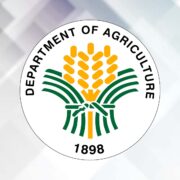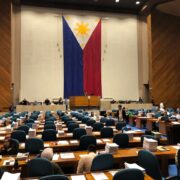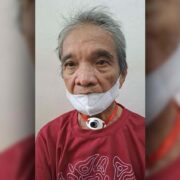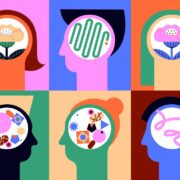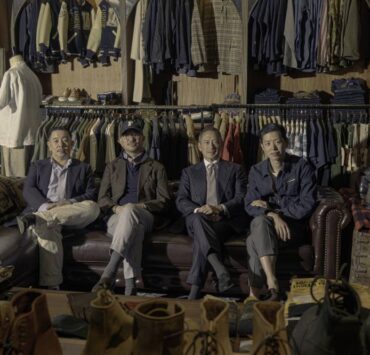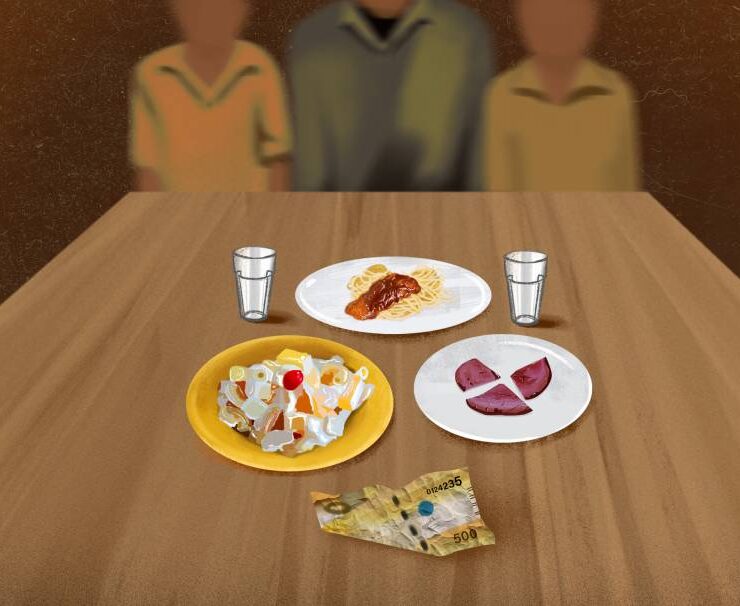“Disasters” are not natural
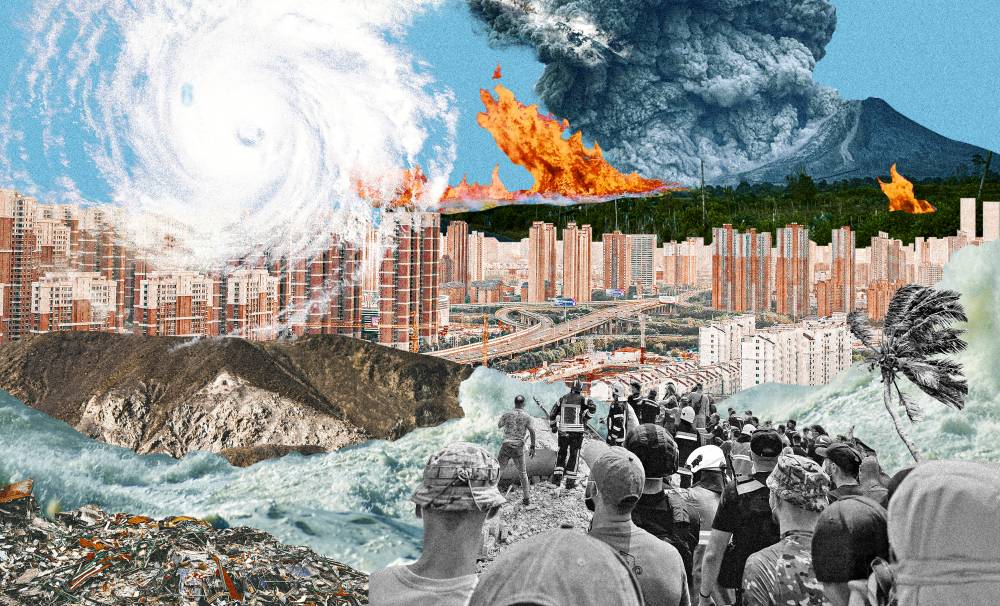
As I write this, Bagyong Uwan is raging across the country. Strong winds are making the rain look horizontal. The sky is dark and gloomy at 3 p.m., which is usually a hot and sunny time of the day.
Just a few weeks ago, we were out on the streets—protesting the corruption surrounding the flood control projects. Hearings are dragging on, and we have yet to receive any satisfying conclusions. Those still suffering across the country due to flooding continue to highlight the failures of whatever was done or not done to protect vulnerable communities.
I was already wading in the flood waters when Bagyong Milenyo hit in 2006, and our house got flooded in 2009 when Bagyong Ondoy passed through. In July this year, I was stranded in my own house because of flooded streets, and my father was unable to return home from work for three days. Storms have come and gone, and too many have died or lost their homes.
In an ideal world, we should be ready
We have always been a tropical nation. We already know that we are prone to typhoons. Following common sense, we should have the world’s greatest technological innovations that could help us prepare for, manage, and respond to these typhoons. Let us imagine what that could look like.
First, by now, we should already have top-tier warning systems and communication channels, especially for those who live in coastal areas. Marikina, for example, learned well from Ondoy and can monitor the Marikina River before it overflows. Clear communication is also important: If Bagyong Yolanda had been immediately assessed as a typhoon tsunami rather than just a typhoon, maybe more people could have fled to higher ground, rather than stayed inside their homes (which is probably safest if it were only a typhoon).
Second, at this point, if it were not for widespread corruption, we should already have the world’s best flood management systems, leveraging the intelligence and creativity of Filipino scientists and engineers.
We already know that some city streets are built on what used to be waterways. Some developers carve out mountains and shave forests—just to build villages and condominiums. We have prioritized mindless urban development as a measure of progress, rather than funding urban development that matches the landscapes we are building on. We are not building houses; we are building mausoleums. Once these buildings are submerged in flood or landslides, they will no longer house the living. We can look at Japan, which has survived through earthquakes and tsunamis, and has developed systems to prevent further damage.
Third, in an ideal world, scientists, policy-makers, and environmental advocates from all over the world should be coming to the Philippines to learn from how we respond to typhoons. We should already have the best policies, the best emergency response units, the best psychosocial services—everything needed to support the needs of those who have lost their lives and livelihoods to storms.
Yet, ironically, our representatives have to go abroad to learn from nations that rarely even have to face these dangers.
There is no such thing as a “natural disaster”
Echoing the statement of the United Nations Office for Disaster Risk Reduction, it is important to remember that there is no such thing as a “natural disaster.” There are only natural hazards, which are worsened by the way humans interact with nature. This happens on a large scale due to pollution, plastic use, and toxic waste but also in the way the everyday person keeps throwing their trash on the side of the road or in creeks.
“Disasters” happen on the human level, and it depends heavily on how governments prepare for emergencies and mobilize emergency response units.
A disaster is a human, societal failure. We cannot keep blaming nature for what nature is meant to do. But we can start to rekindle a better relationship with nature by cultivating our environment, building habitats that match the landscapes we are building on, and taking only what is needed from natural resources.
This is not a new or radical suggestion. Our ancestors, as well as many Indigenous communities here and around the world, have already been doing these. It would do us well to learn from them and integrate Indigenous Knowledge Systems and Practices (IKSPs) in the way we co-create the world today.
Kapwa as an ecological mindset
The most important thing to start with is the mindset we have about nature. We think that we are separate from it—that, somehow, “man-made” and “natural” are totally different things. There are television shows that are focused on “man versus the wild,” as if nature must be controlled according to human standards.
But the truth is that human beings are organic. We come from nature itself. We evolved by adapting our surroundings and by working with each other. We developed languages so we can better care for each other. We created laws so that we do not harm each other. We have cultural concepts that reflect how we can best interact with people—for example, “hiya” and “pakikiramdam” show our sensitivity to others, “utang na loob” is our form of reciprocation for goodwill, and “pakikipagkapwa-tao” is the way we treat others as fellow human beings.
We can extend “kapwa” to the way we treat nature. Human life is not the only life on this planet. There is also non-human life: plants, animals, and environmental features like rivers, seas, mountains, and forests. What we call “animism” might just be a sensitivity—a form of pakikipagkapwa—to the needs and moods of nature itself.
In fact, the Visayans use the term “gaba,” a kind of karmic punishment, to warn us that whatever we do to nature will affect our own well-being. Could it be, then, that these disasters are “gaba” for corruption and lack of care? What would it look like if we could realign our mindset to nature—not as separate from it, but as part of it, and as kapwa?
And what would it look like for policy-makers and leaders to actually have the social sensitivity—the hiya—to actually care for their kapwa Pilipino?


